Search
Search Results
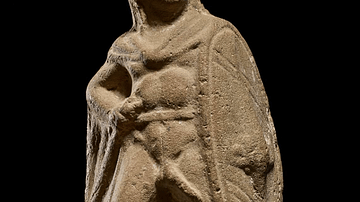
Definition
Lugh
Lugh (also Lug, Luga) was one of the most important Celtic gods, particularly in Ireland, and he represented the sun and light. Although originating as an all-wise and all-seeing deity, Lugh was later thought of as a historical figure, great...
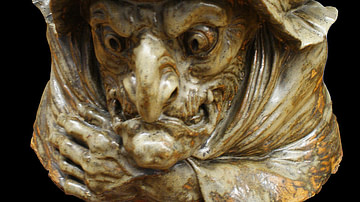
Definition
Baba Yaga
Baba Yaga (Baba Jaga) is a witch or ogress from Slavic folklore who lives in a magical hut in the forest and either helps, imprisons, or eats people (usually children). She is among the most famous figures from Slavic folklore as guardian...
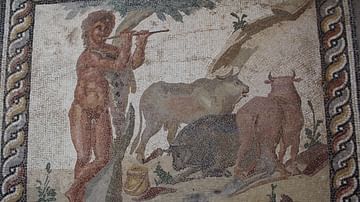
Definition
Animal Husbandry
Animal husbandry is commonly defined as a branch of agriculture dealing with the domestication, breeding, and rearing of animals for various purposes including labor (as in the case of large animals), a food source, protection, and companionship...
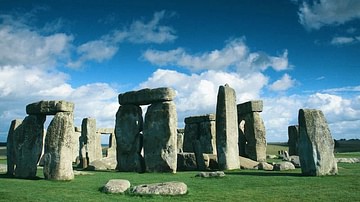
Definition
Stonehenge
Stonehenge is a Neolithic / Bronze Age monument located on Salisbury Plain, Wiltshire, southern England. The first monument on the site, began around 3100 BCE, was a circular 'henge' earthwork about 360 feet (110 metres) in diameter, a 'henge'...
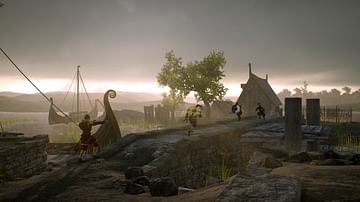
Article
The Vikings in Ireland
In early Medieval Europe, a prime subject of frightening tales-come-true were the famously marauding and pillaging Vikings, spilling out of their dragon-headed longships in a state of bloodlust, thirsting for gold. With their menacing presence...

Article
Legacy of the Ancient Romans
The legacy of the ancient Romans – from both the time of the Roman Republic (509-27 BCE) and the time of the Roman Empire (27 BCE - 476 CE) – exerted a significant influence on succeeding cultures and is still felt around the world in the...
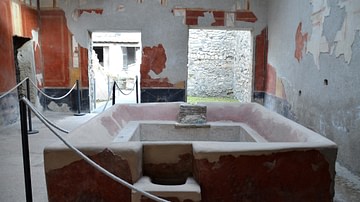
Article
The Fullers of Ancient Rome
The fullers of ancient Rome were launderers who washed the clothes of the city and also finished processing fabric later made into clothing, blankets, or other necessary items. They were looked down upon for their use of human and animal...

Article
The Stonehenge Burials
A great deal has been written about why the prehistoric monument of Stonehenge, in Wiltshire, southern England, was constructed. Perhaps it was designed as a temple to the ancestors, an astronomical calendar, a healing centre or a giant computer...

Article
What happened to the Great Library at Alexandria?
Once the largest library in the ancient world, and containing works by the greatest thinkers and writers of antiquity, including Homer, Plato, Socrates and many more, the Library of Alexandria, northern Egypt, is popularly believed to have...

Article
The Mystery of the Great Sphinx
Buried for most of its life in the desert sand, an air of mystery has always surrounded the Great Sphinx, causing speculation about its age and purpose, method of construction, concealed chambers, role in prophecy, and relationship to the...